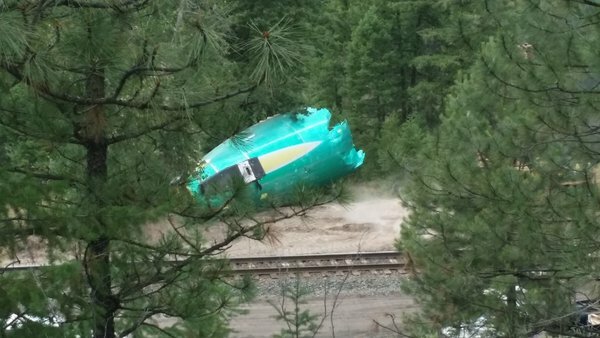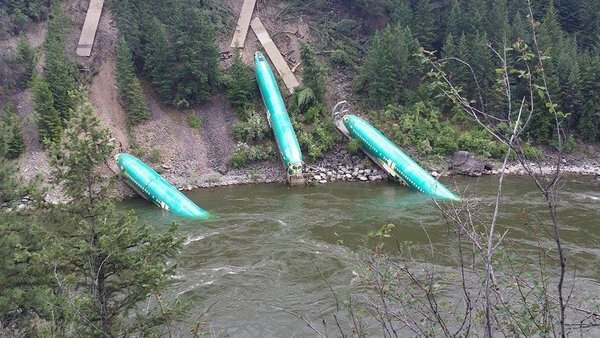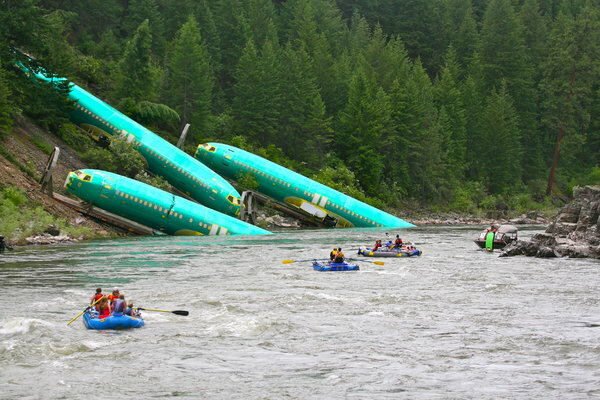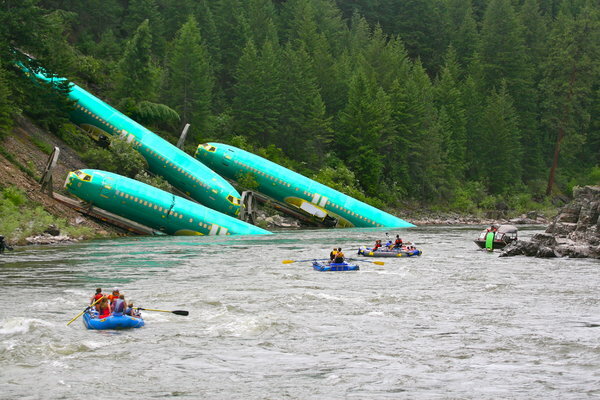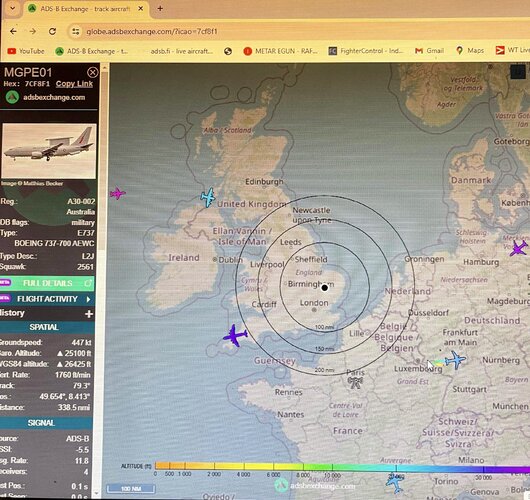Except it is not that simple. From Wiki with various references to other sources including Flight International articles.
“The P-8 is a militarized version of the 737-800ERX, a 737-800 with 737-900-based wings.
[37] The fuselage is similar to, but longer than, the 737-700-based
C-40 Clippertransport aircraft in service with the USN. The P-8 has a strengthened fuselage for low-altitude operations and
raked wingtips similar to those fitted to the
Boeing 767-400ER, instead of the
blended winglets available on 737NG variants.
[38] In order to power additional onboard electronics, the P-8 has a 180 kVA electric generator on each engine, replacing the 90 kVA generator of civilian 737s; this required the redesigning of the nacelles and their wing mountings.
[39] The P-8 has a smoother flight experience, subjecting crews to less turbulence and fumes than the preceding P-3, allowing them to concentrate better on missions.
[40]”
Note 39
The US Navy's P-3C replacement will transform anti-submarine warfare, anti-surface warfare, intelligence, surveillance and reconnaissance missions

www.flightglobal.com





